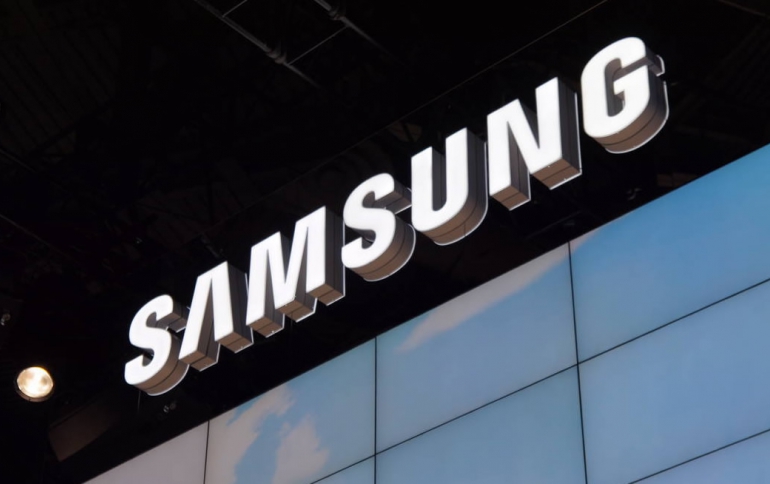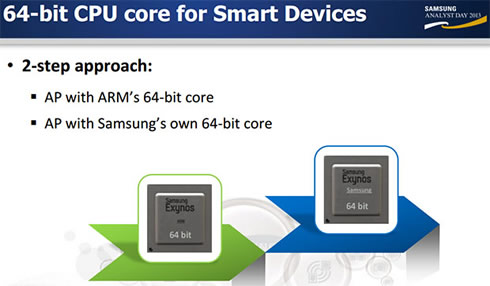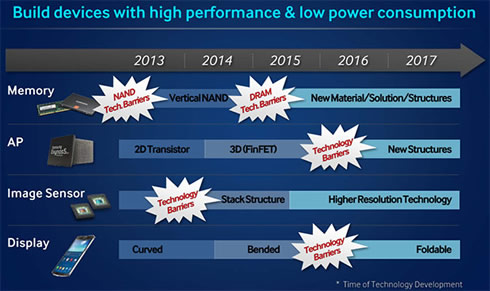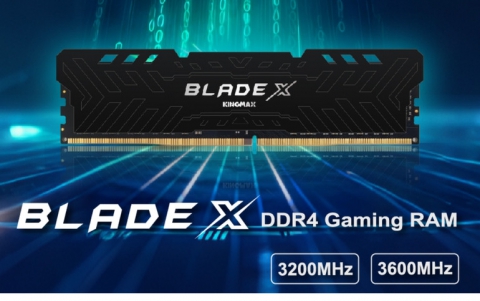
Samsung To Increase Investments, Targets Tablets, Wearables, And Foldable Displays
Samsung Electronics on Wednesday promised to invest in new technology and boost marketing as it sought to topple Apple in the mobile devices segment.
During a meeting with analysts on Wednesday (Analyst Day, Seoul) Samsung's executives said that the company would pursue more international acquisitions asit seeks to grow beyond its core consumer-electronics businesses amid fears of market saturation.
Kwon Oh-hyun, the company's vice chairman, said Samsung wants to be the top medical device maker through acquiring companies and developing its own technologies. In the last three years, Samsung spent $1 billion to buy 14 companies in medical equipment, mobile software and services.
The company also said it would target the tablet segment where Apple's iPads dominate. J.K. Shin, co-chief executive and head of Samsung's mobile business, told analysts that Samsung's tablet sales will exceed 40 million units this year, more than double sales in 2012.
However, Samsung remains a second player in the tablet market. It had 20.4 percent of the tablet business in the third quarter versus Apple's 29.6 percent, according to researcher IDC.
Shin said the $228 billion company would continue to invest heavily in marketing to create "buzz" and boost sales of its latest gadgets.
He said Samsung would expand its mobile "experience shops", hold more global events like the launch of its Galaxy S4 smartphone at Manhattan's iconic Radio City Music Hall in March, and try out new marketing formats such as collaboration with fashion shows.
Samsung also disclosed that ut is working on a custom 64-bit CPU core, besides adopting ARM's existing 64-bit core.

The chip will be based on the silicon via (TSV) technology that allows memory and logic circuitry to be stacked on the same package. Samsung says that the chip will offers 14% better memory performance than LPDDR3 with 60% lower power consumption, while the the next generation will furhter boost the performance advantage to 30%.
Samsung also talked about its 14-nm FinFET fabrication process, which will be applied next year.
In the mobile display segment, Samsung will bring fully-foldable screens to customers in 2015. The screens could find their way into both typical smart devices like tablets and smartphones as well as wearables. Starting from next year and running into 2015, the company will focus on curved and bended displays, with an action-bubbled "technology barrier" segueing the way into foldable screen.

Samsung also showcased slides showing smartphone and tablet screens hitting 560 pixels per inch (PPI) next year. For comparison, the full HD 1080p Galaxy S4 screen has a resolution of 441 PPI. Looking ahead even further, Samsung foresees ultra HD screens (3840 x 2160 on a phone) in 2015.
Samsung also said it would spend $14 billion on research and development by the end of this year, compared with $8 billion in 2010.
Kwon Oh-hyun, the company's vice chairman, said Samsung wants to be the top medical device maker through acquiring companies and developing its own technologies. In the last three years, Samsung spent $1 billion to buy 14 companies in medical equipment, mobile software and services.
The company also said it would target the tablet segment where Apple's iPads dominate. J.K. Shin, co-chief executive and head of Samsung's mobile business, told analysts that Samsung's tablet sales will exceed 40 million units this year, more than double sales in 2012.
However, Samsung remains a second player in the tablet market. It had 20.4 percent of the tablet business in the third quarter versus Apple's 29.6 percent, according to researcher IDC.
Shin said the $228 billion company would continue to invest heavily in marketing to create "buzz" and boost sales of its latest gadgets.
He said Samsung would expand its mobile "experience shops", hold more global events like the launch of its Galaxy S4 smartphone at Manhattan's iconic Radio City Music Hall in March, and try out new marketing formats such as collaboration with fashion shows.
Samsung also disclosed that ut is working on a custom 64-bit CPU core, besides adopting ARM's existing 64-bit core.

The chip will be based on the silicon via (TSV) technology that allows memory and logic circuitry to be stacked on the same package. Samsung says that the chip will offers 14% better memory performance than LPDDR3 with 60% lower power consumption, while the the next generation will furhter boost the performance advantage to 30%.
Samsung also talked about its 14-nm FinFET fabrication process, which will be applied next year.
In the mobile display segment, Samsung will bring fully-foldable screens to customers in 2015. The screens could find their way into both typical smart devices like tablets and smartphones as well as wearables. Starting from next year and running into 2015, the company will focus on curved and bended displays, with an action-bubbled "technology barrier" segueing the way into foldable screen.

Samsung also showcased slides showing smartphone and tablet screens hitting 560 pixels per inch (PPI) next year. For comparison, the full HD 1080p Galaxy S4 screen has a resolution of 441 PPI. Looking ahead even further, Samsung foresees ultra HD screens (3840 x 2160 on a phone) in 2015.
Samsung also said it would spend $14 billion on research and development by the end of this year, compared with $8 billion in 2010.





















